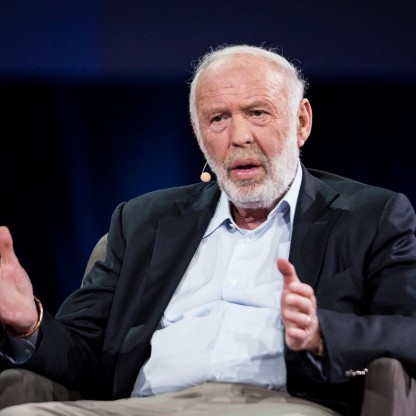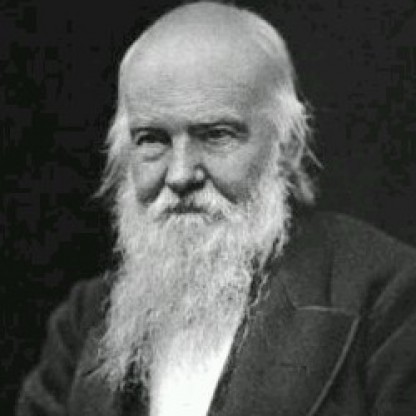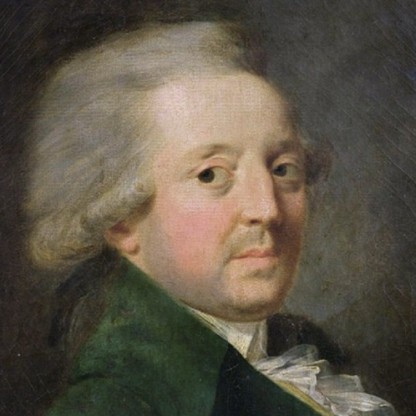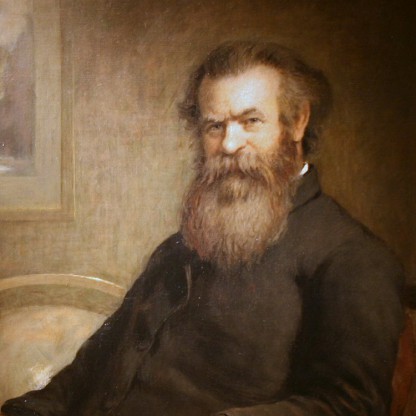From 1967 to 1975, Anderson was a professor of theoretical physics at Cambridge University. In 1977 Anderson was awarded the Nobel Prize in Physics for his investigations into the electronic structure of magnetic and disordered systems, which allowed for the development of electronic switching and memory devices in computers. Co-researchers Sir Nevill Francis Mott and John van Vleck shared the award with him. In 1982, he was awarded the National Medal of Science. He retired from Bell Labs in 1984 and is currently Joseph Henry Professor of Physics, Emeritus at Princeton University.









